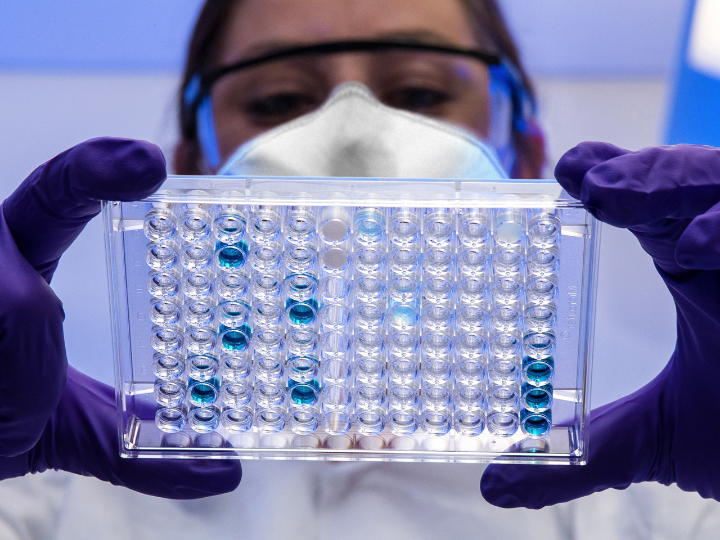by Cameron Fox*
Have you ever heard of Aarskog Syndrome? How about Abetalipoproteinemia? Probably not. As with all rare diseases, they occur in less than 0.05% of the global population.
Yet, if we add up the total prevalence for all rare diseases, a very different picture emerges. Globally, an estimated 400-475 million people live with a rare disease, most of which will never be diagnosed.
This lack of attention brings with it a range of unique challenges that deeply impact the lives of millions of patients across the world. However, the status quo is starting to change through global efforts to better understand, treat and support those affected by rare diseases.
Unique challenges for rare diseases
For people living with rare diseases, the first hurdle is finding a diagnosis. There are over 7,000 recognised rare diseases, so the odds a doctor has seen a particular set of symptoms are slim.
Complicating matters further, health data is often siloed, which can prevent medical professionals from accessing the information they need in time. Because of this, diagnoses take seven years on average in the United States and much longer in less developed nations.
Unfortunately, identifying the problem is only the start. Just as diagnosis is difficult, so too is treatment, as there is little monetary incentive to develop drugs for such a small patient pool. As a result, more than 95% of rare diseases do not have an available treatment. Since an estimated 50-75% of rare diseases begin in childhood, this lack of treatment options is a key driver of mortality among children. In fact, one-third of children with a rare disease die before their fifth birthday.
On top of these tragic consequences, rare diseases put a huge burden on health systems – according to one estimate rare disease treatment made up 10% of the UK’s National Health Service total spending in 2016. In addition, individuals living with rare diseases often face stigmatisation, due to the public’s lack of understanding. This marginalisation in turn is a key driver of growing health inequities globally.
Making progress in rare disease research
This is a bleak picture, yet there are reasons for optimism.
Collaborative research networks are improving data and resource sharing, common standards and protocols are developing and the average time to a diagnosis is reducing. Advances in genomics and precision medicine enable researchers to better understand the underlying causes of many rare diseases and to develop targeted therapies.
Notable efforts are also being made when it comes to financing rare disease treatment. Research on orphan drugs, which would not be profitable to produce without government assistance, is now subsidised in some jurisdictions, including the US, EU and Japan. Work is also ongoing to understand how novel-gene therapies can be delivered to people everywhere at affordable prices.
Importantly, patient advocates are increasingly making their voices heard, both as participants in clinical trials and as partners in the research process. This helps highlight and counter stigmatisation and other pressing challenges people living with rare diseases face.
While this progress is encouraging, much remains to be done. Improving our understanding of the scale of this problem and the way we support those living with rare diseases is crucial if we are to change the narrative, counter health inequity and improve the lives of millions across the world.
*Project Lead, Shaping the Future of Health and Healthcare, World Economic Forum
**first published in:Weforum.org




 By: N. Peter Kramer
By: N. Peter Kramer
